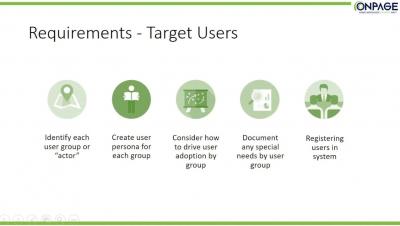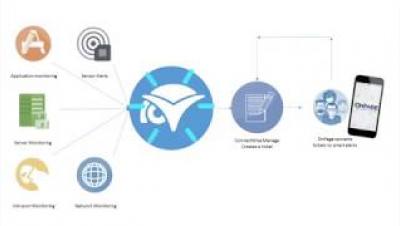Operations | Monitoring | ITSM | DevOps | Cloud
Alerting
What Really Happens in IT During an Outage?
A typical workday for your IT team may go from calm to all hands on deck. When a problem occurs on your servers, you may not know the cause right away, but before you can start figuring it out, customers are blowing up your phone and monitoring systems. Everything you do from this point has a timestamp attached to it. If you wait five minutes to put up a status page, that could equal 100 people who have submitted tickets. The longer you wait, the more people you will have to get back to.
Enterprise Alert® 2017 U1 and Splunk
4 Methods to Prevent Downtime
Four Reasons Your Daycare Needs a Status Page
A snow delay can throw a wrench into your typical workday at the daycare center — especially if you’re fielding emails and phone calls from concerned parents. When you start receiving these emails, phone calls or texts from parents asking whether to pack their kids’ lunches, you may have to answer each of message in an emergency. This can snowball into calls or emails asking for more information about the snow delay.
How to Make Your IT Team More Proactive
When it comes to network security, the best case scenario is that an IT team identifies a threat, and immediately acts to mitigate damage caused by the threat, eliminate the threat from the network, and then close the point of attack to prevent future incidents.
Nathaniel Cook | KAPACITOR STREAM PROCESSING
OnPage + ConnectWise Manage - New additions to the Integration
Three Reasons Why Your Business Needs a Status Page
An outage with one, several or all of your servers is hectic enough, but add in a stream of emails and phone calls from concerned customers and you’ve got a full-on situation. When you start receiving these emails, phone calls or texts from clients who need access to their applications on these servers, you may have to individually answer each request in an emergency or during scheduled maintenance.










